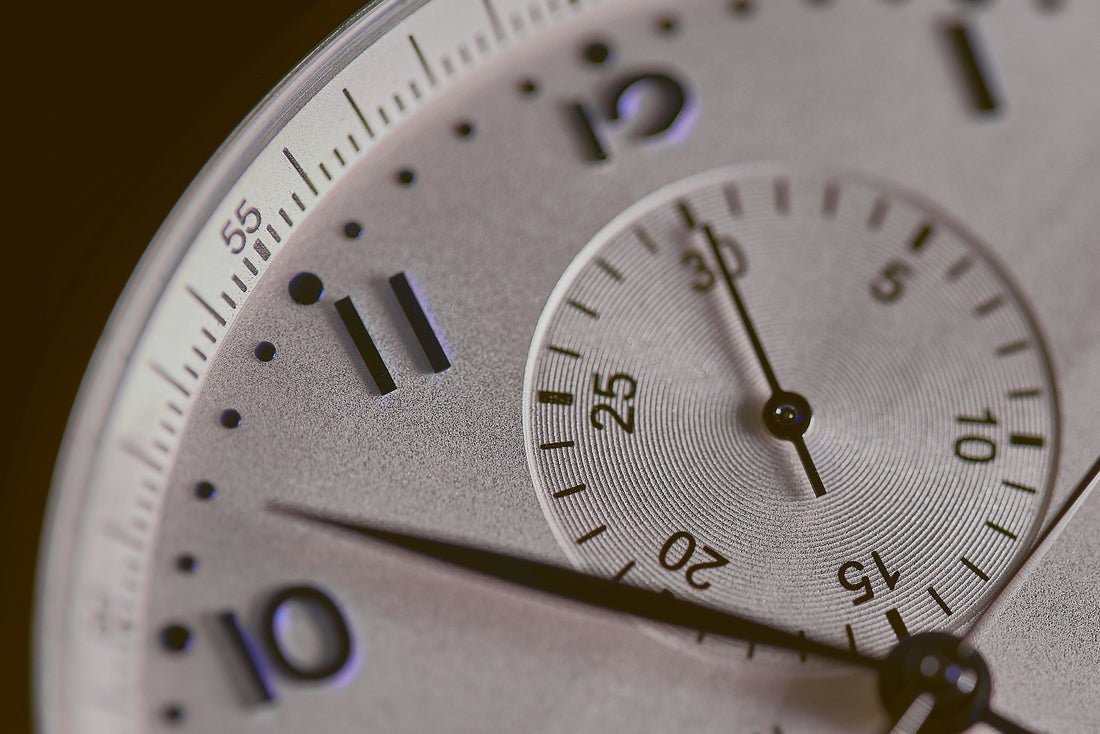Understanding Watch Winders: An Essential Tool for Automatic Watches
You might have encountered terms such as watch winders or winding machine, leaving you curious about their exact function.
Mechanical automatic watches wind themselves through the natural movements of your wrist, activating a mainspring inside the watch. This action triggers an automatic winding rotor to rotate, engaging gears that wind the mainspring. The energy released from this coiled spring powers the mechanisms. If the watch remains inactive for a long period, it will use up its stored energy and stop.
Extended inactivity also may lead to complications like lubricant inside the watch to be uneven or solid, potentially contaminating the dial, prohibiting smooth movement, or accelerating the wear of waterproof seals. Even though the lubricant quality in newer watch models has improved, avoiding lubricant-related issues is still crucial.
By mimicking the arm's movements, a watch winder maintains the watches to operate continuously, just by setting the watch and activating the device. This eliminates the need for hand winding, keeping the watch always ready for use and reducing the risk of damage due to lack of motion.
A watch winder offers a seamless way to ensure your automatic watches remain functional and well-preserved, serving as an essential accessory for sustaining the condition and readiness of your timepieces in a busy lifestyle.





